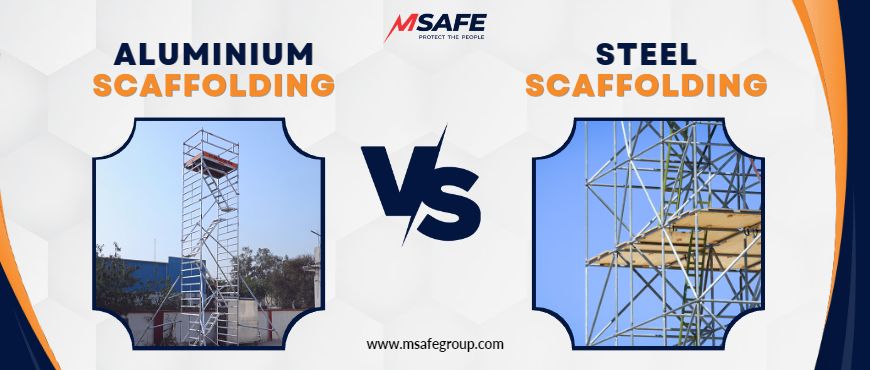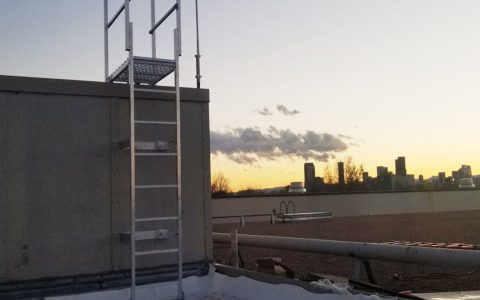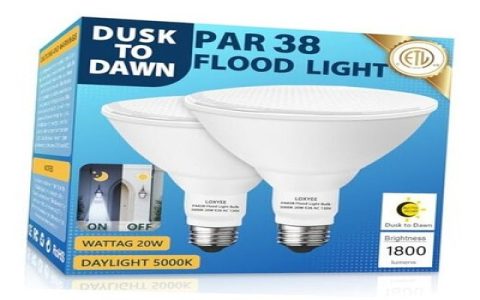Selecting between aluminum and steel scaffolding requires a precise evaluation of material properties, project demands, and lifecycle costs.
Aluminum Scaffolding Pros
- Lightweight: Facilitates easy handling, transport, and rapid assembly, reducing labor time and costs.
- Corrosion-resistant: Naturally impervious to rust, ideal for outdoor, marine, or humid environments without protective coatings.
- Low maintenance: Minimal upkeep due to resistance to environmental damage, lowering long-term expenses.
- Portability: Suitable for temporary setups, such as events or projects requiring frequent relocation.
Aluminum Scaffolding Cons
- Higher cost: Initial purchase price is typically 20-40% above steel, affecting budget-sensitive projects.
- Lower load capacity: Reduced strength may limit use in heavy-duty applications with high weight or structural demands.
- Vulnerability to damage: Prone to dents or deformation under impact or excessive stress, compromising safety.
Steel Scaffolding Pros
- High strength: Excellent load-bearing ability, supporting heavy loads for large-scale or permanent structures like buildings and bridges.
- Cost-effective: Lower upfront price point compared to aluminum, making it economical for extensive or budget-constrained projects.
- Durability: With proper care, steel withstands harsh conditions and has a longer potential lifespan.
- Widespread applicability: Standard in industrial construction, with readily available parts and accessories.
Steel Scaffolding Cons

- Weight limitations: Heavy material increases transport and assembly effort, raising labor costs and time.
- Corrosion susceptibility: Requires galvanizing or painting to prevent rust, adding to maintenance frequency and expenses.
- Maintenance-intensive: Regular inspections and treatments are essential to avoid deterioration or safety hazards.
Critical Comparison Factors
- Weight vs. strength: Aluminum offers agility but less robustness; steel provides rigidity but increased physical demands.
- Lifecycle costs: Aluminum's lower maintenance offsets higher initial cost over time; steel's affordability may incur recurring upkeep fees.
- Environmental suitability: Aluminum performs best in wet or salty air; steel excels indoors or with protective measures.
- Safety considerations: Assess load requirements and site conditions to prevent failures; aluminum suits lighter tasks, steel for heavy-duty stability.






